These UK native wildflower plants are classed by the Royal Horticultural Society (RHS) as being "Perfect for Pollinators" for their outstanding support for bees and butterflies, providing both pollen and nectar food source as well as winter nesting habitat.
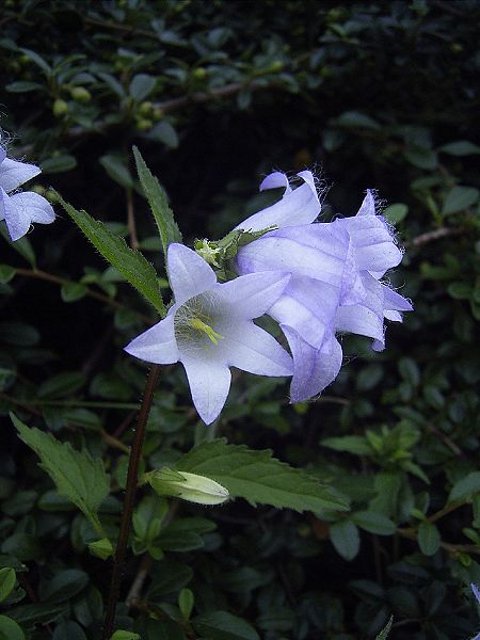
A tall, unbranched native perennial common across England. It is a plant of hedgerows and woodlands, also known as Bats in the Belfry due to the stamens looking like bats hanging the bell of a church steeple. This beautiful plant flourishes with bell-shaped flowers that are lilac in colour.
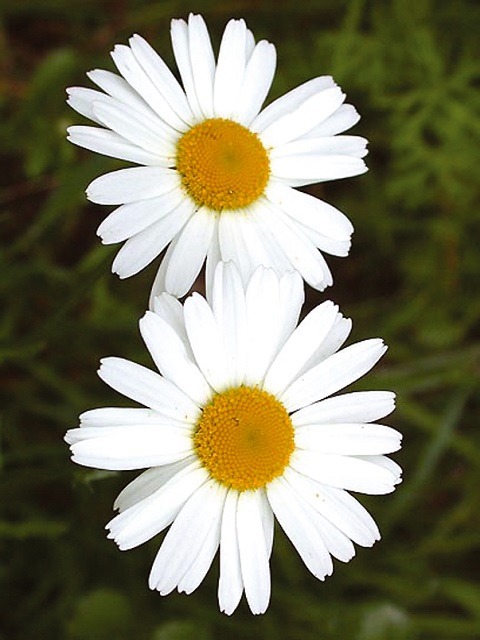
Often seen carpeting road verges and railway embankments with white and gold blooms. This common native perennial is also known as Moon Daisy or Dog Daisy and attracts butterflies, bees and other insects.
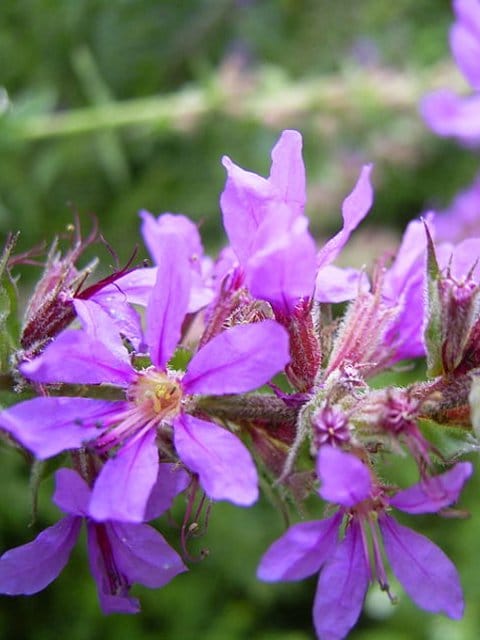
Found along the banks of rivers, streams and ponds or in marshes this tall perennial is striking with its bright magenta flowers. It is a favourite of foraging bees and is the larval food plant of the Small Elephant Hawkmoth.
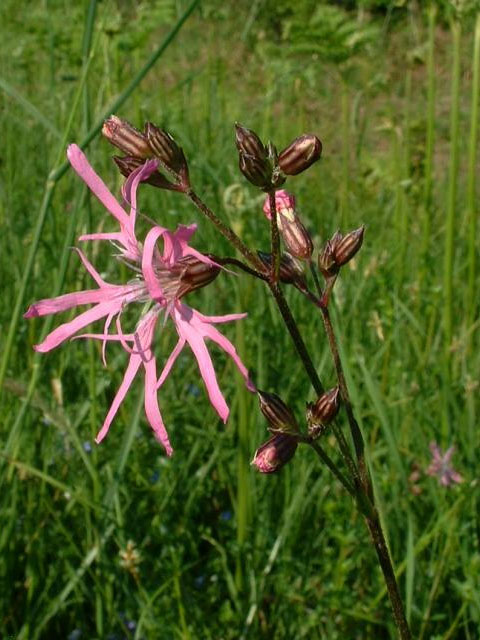
The deeply cut pink petals of this native perennial are highly attractive to butterflies and bees. It can be found in damp woodland, meadows and pond edges.
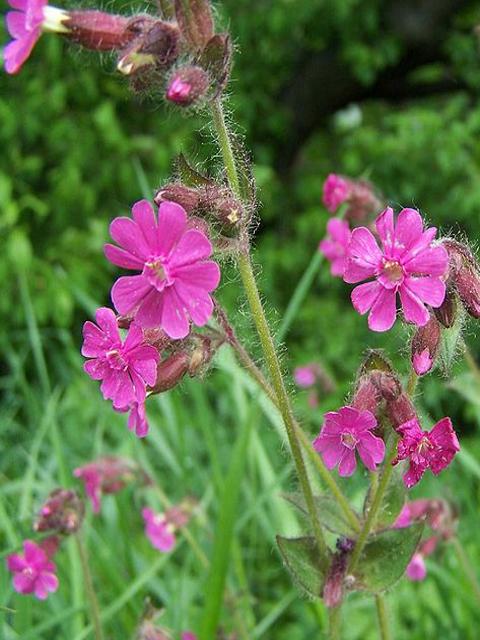
A classic hedgerow and woodland edge perennial found across the whole of Britain. The flowers are usually a deep pink colour but can also be white or pale pink. The Latin name ‘Silene’ is after the merry, drunken god of woodlands.
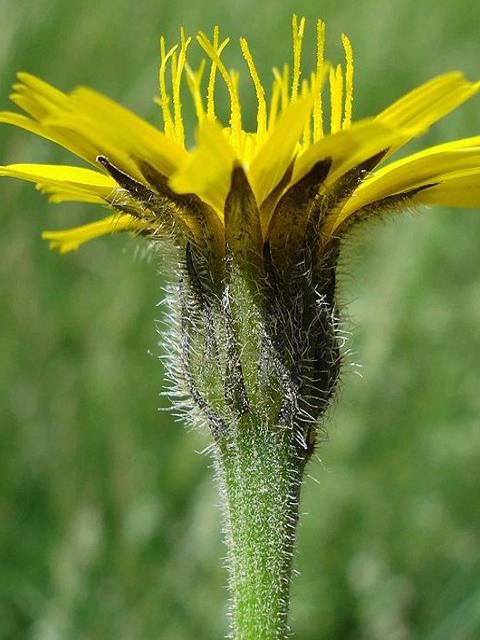
A perennial with yellow dandelion flowers. Also known as Greater Hawkbit. Seeds heads form a clock that attracts birds and this delightful flower gives off a pleasant fragrance.
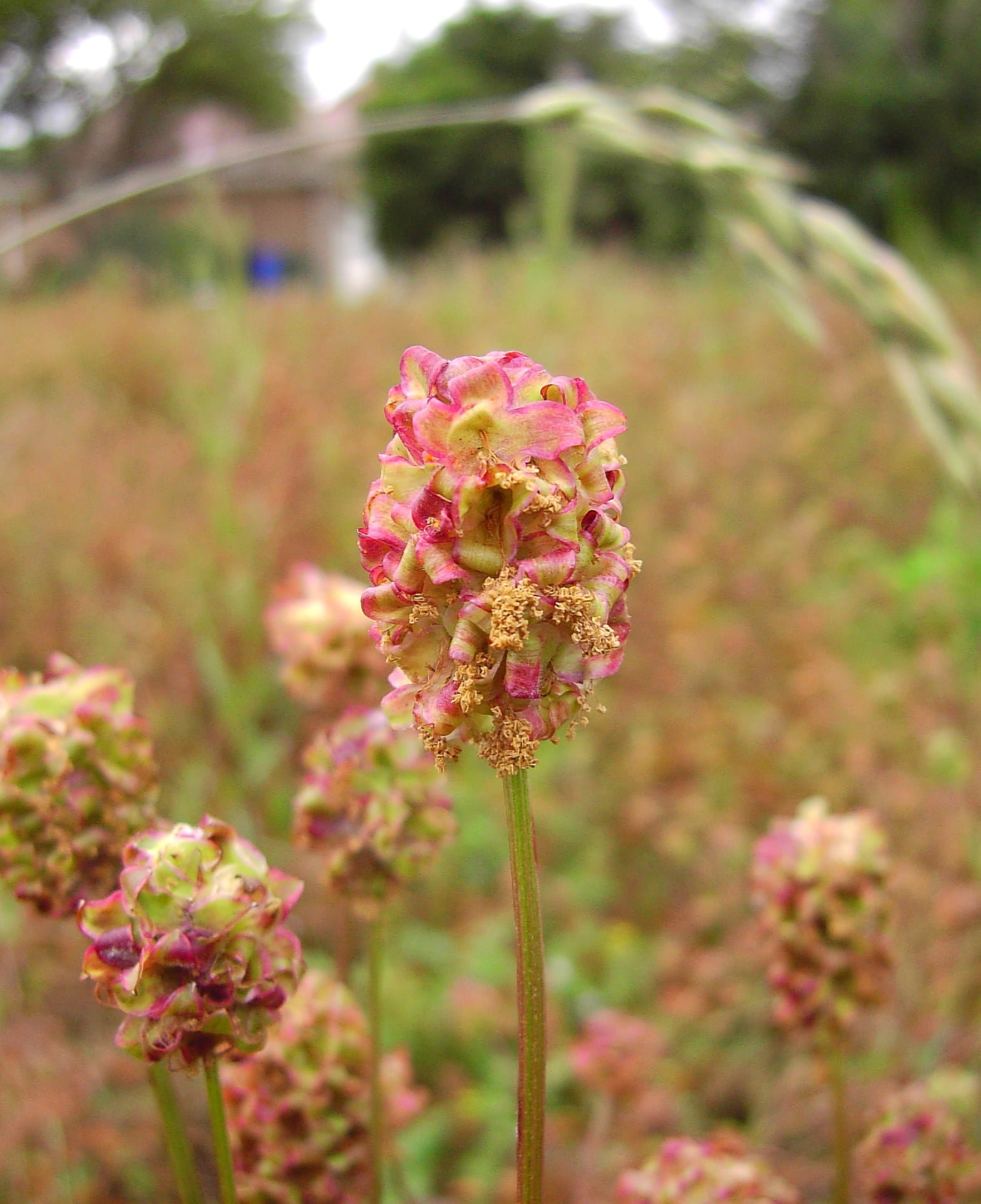
It is a perennial with a small, strange almost round flower head, which is pollinated by the wind. It can be found in a variety of dry, calcareous grasslands. If the flower heads are crushed an agreeable scent can be detected.
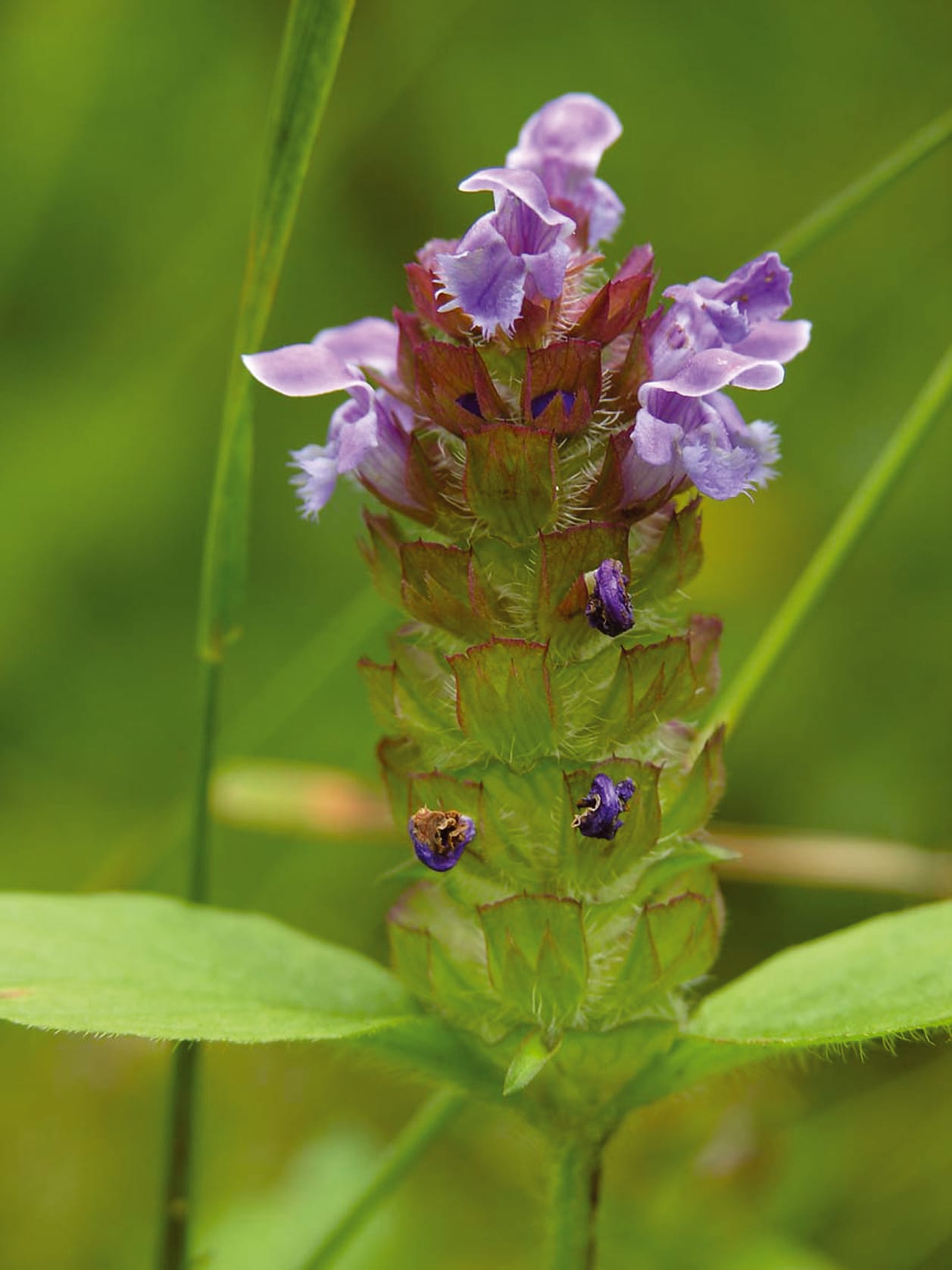
A very common short-lived perennial found in a variety of habits including grassland, woodland and garden lawns. Its creeping stems can spread over a wide area producing brilliant purple blooms.
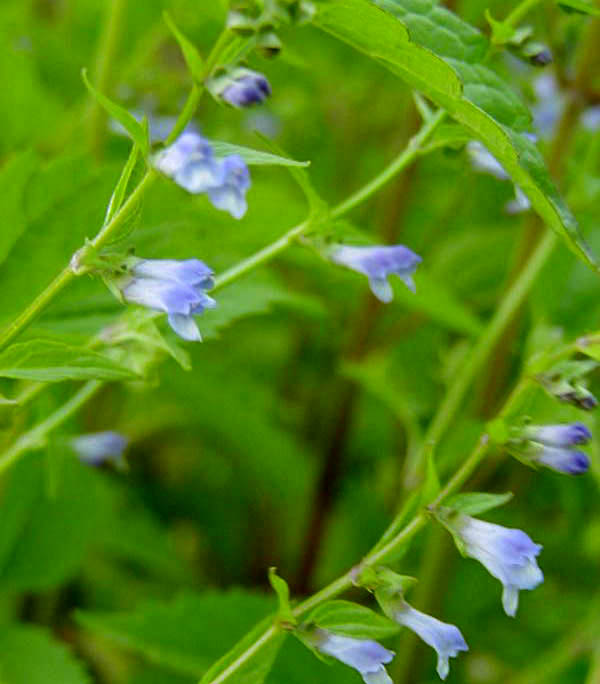
A member of the mint family this attractive, small perennial with blue flowers is best found along shorelines and marshes. Skullcap is commonly used in herbal teas for its traditional use as a mild anxiolytic.
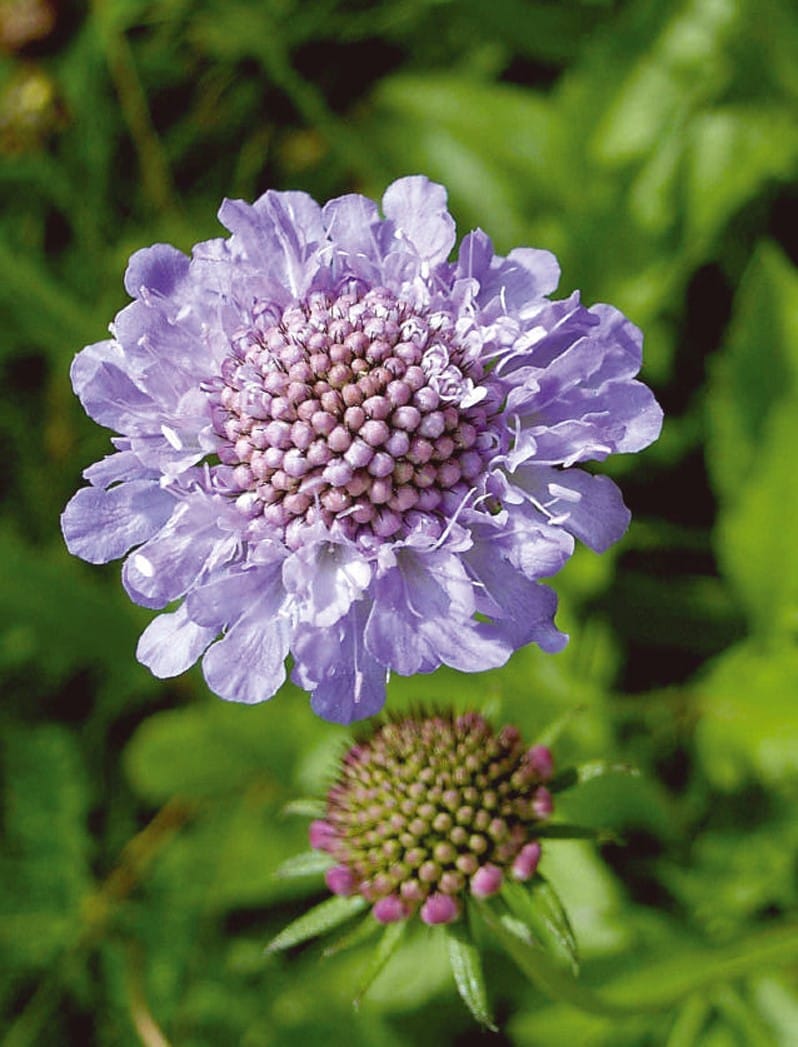
In summer butterflies and bees flock to the small mauve button-like flowers of this perennial. It can be found on very poor, dry, chalky soils throughout Britain. It has finely divided leaves, which are said to resemble the foot of a bird.
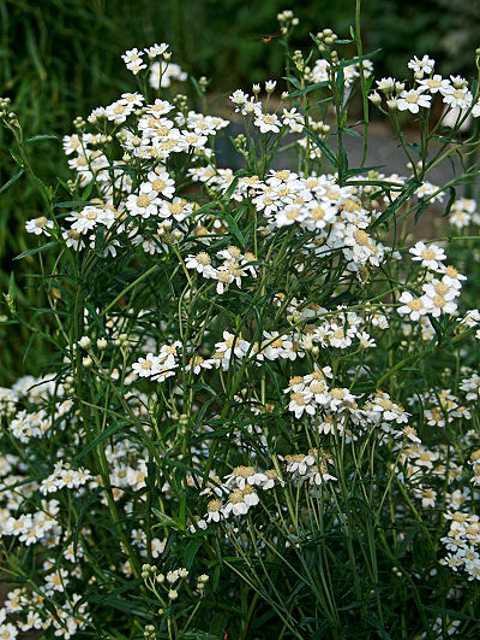
An attractive perennial with short to medium height wildflowers with ruffed white flowers of the yarrow family, a particularly hardy plant with a strong and distinctive aroma.
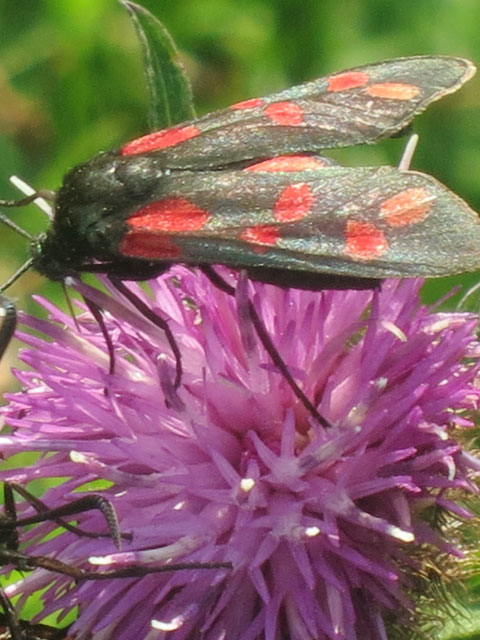
The Summer flowering wildflower plug plant collection offers a range of species selected to provide a display of flowers from June through to September. Maximising the flowers blooming between the months of June to September really optimises the attraction to Bees and Butterflies at their most effective time of year.
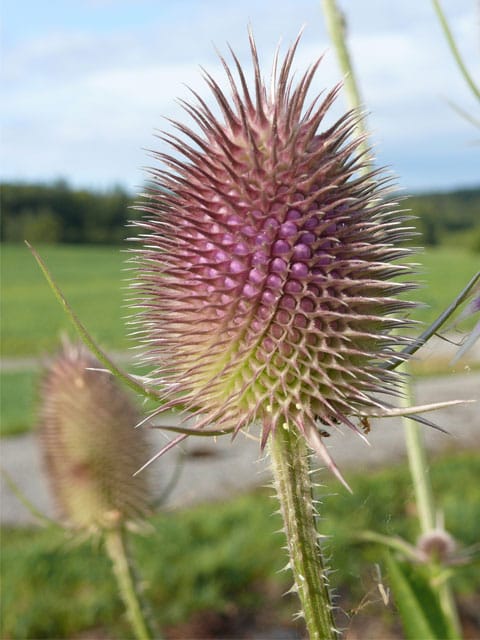
A native biennial is found on rough grassland, roadsides and wastelands. In the first season, it produces a rosette of sharp spikey leaves. In the second year, it puts up a tall stem crowned with a spiny flower head with a band of mauve flowers. It is particularly attractive to insects and seed-eating birds such as Goldfinches and Siskins.
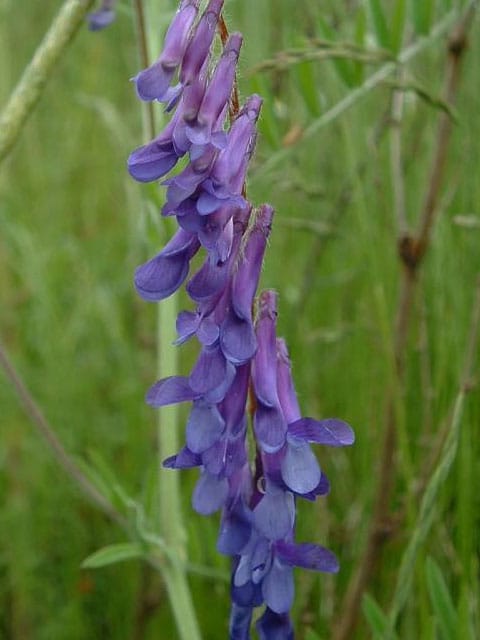
Sprawling perennial plant with masses of small pea-like purple flowers, the sweet pea of the meadow. This really is the centrepiece to any meadow with its showy blue-purple to pinkish-purple flowers.
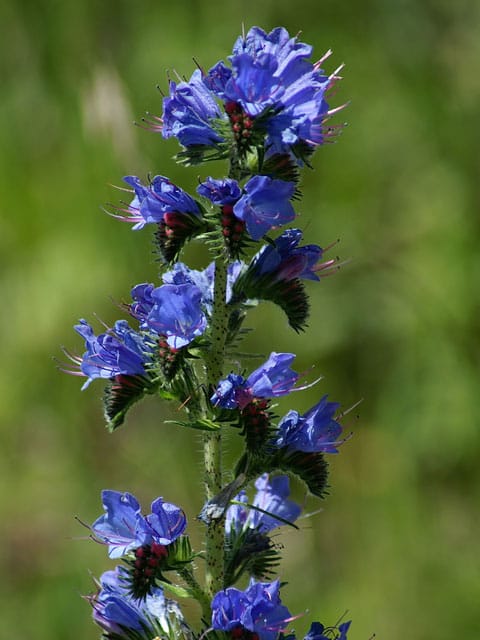
Flowers on tall spikes with pink buds open to a glorious display of vivid blue. A fantastic plant, highly attractive to bees and other pollinators.
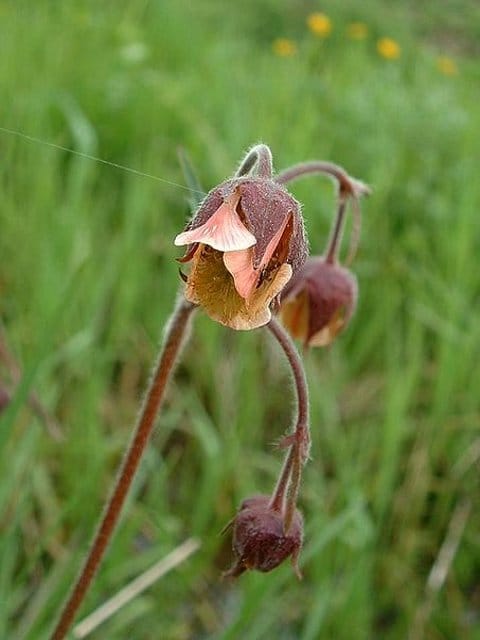
A native perennial found in damp woodlands and wet meadows. It produces pretty peach coloured nodding blooms, which attract bees. It will readily hybridise with the closely related Wood Avens (Geum urbanum).
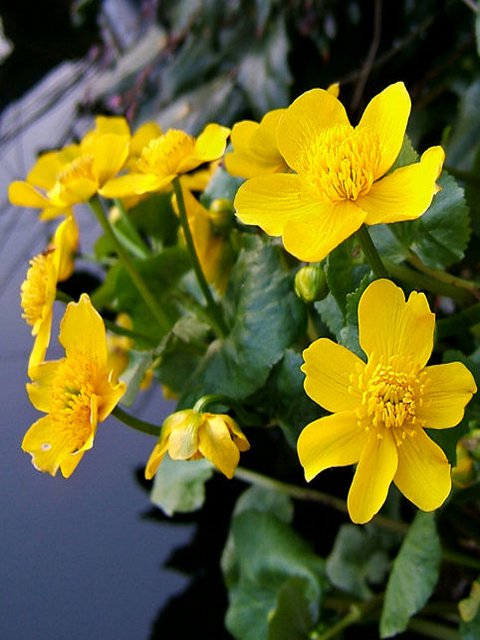
The Water edge collection of plants will need to be nurtured and cared for to make sure they are well established before the area is flooded. Once they have had this opportunity to get established the delicate wildflowers in this collection will withstand flooding and many even grow within the water.
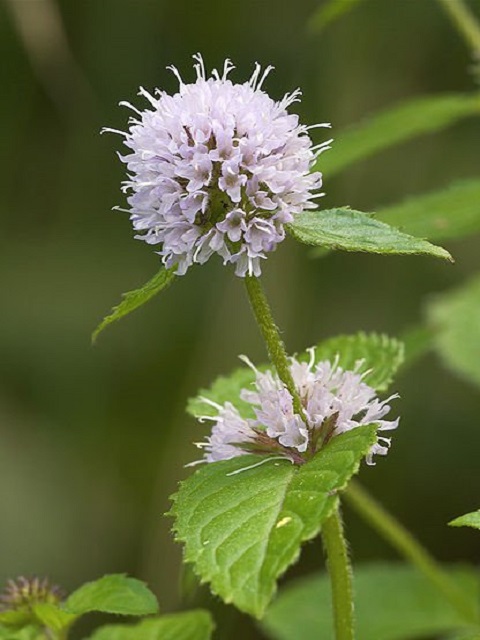
An aromatic perennial with a minty smell. Purple stems with dense flower clusters at the end of each stem. This plant would naturally be found on riverbanks and wetlands and is also known as Fish Mint.
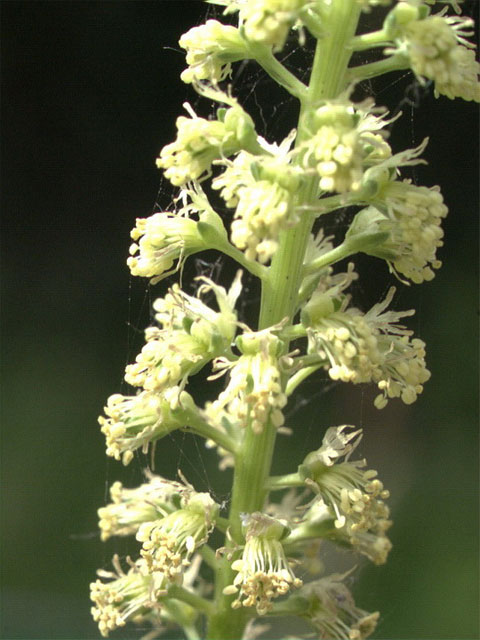
Weld is a biennial plant that has similar characteristics to Wild Mignonette. With dark green wavy-edged leaves and yellowish-green flowers, it will stand proud.
This item is currently unavailable
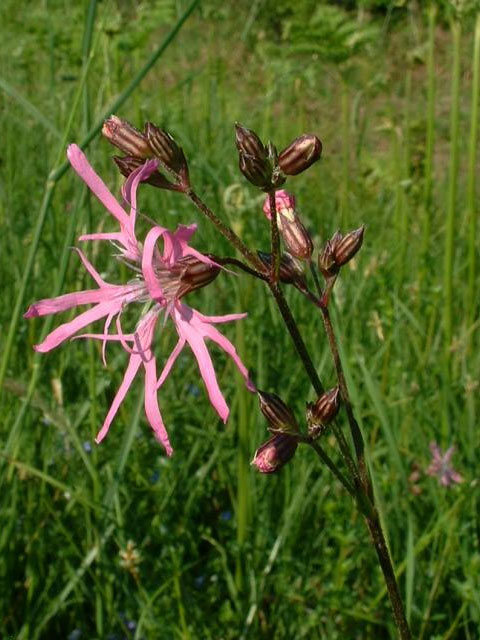
The wetland area plug plant collection comprises of 10 different species available from our range, these are selected for areas that remain damp all year round and that may have occasional flooding.
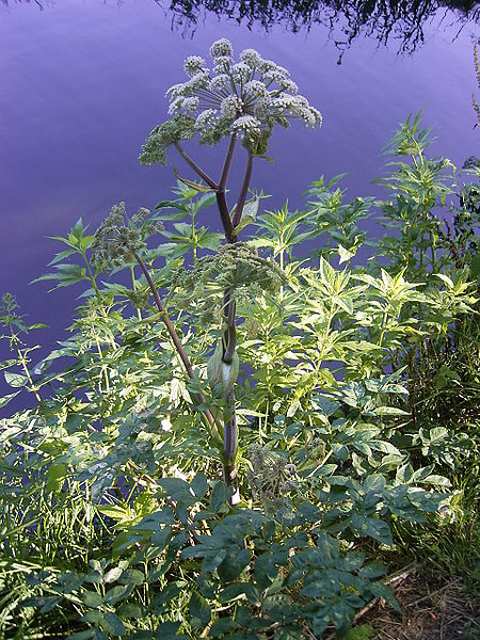
A native perennial common in England and Wales, usually in wetter lands and fens. A tall hairless plant that can grow up to two metres. Stems hollow and purplish, flowers white or pink.
This item is currently unavailable
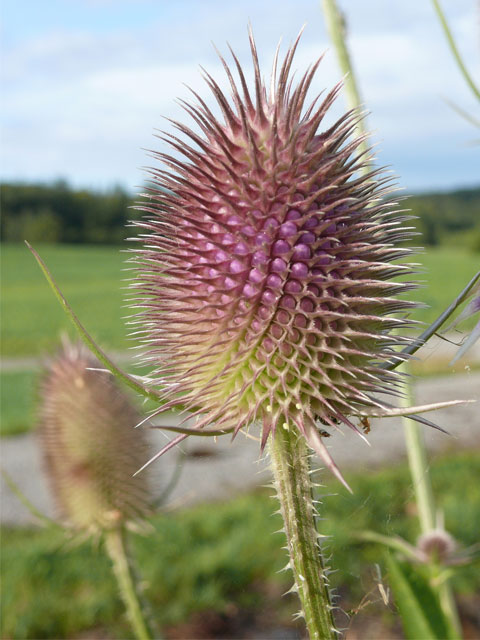
The Wild bird plug plant collection has been put together from our range to include 10 species that will appeal to wild birds during in the autumn and winter.
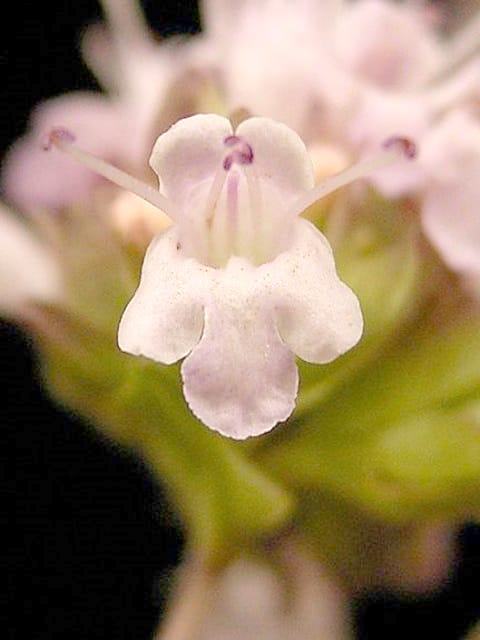
A tall, woody, aromatic perennial common in dry pastures and hedgebanks particularly on chalky soils. The leaves can be used for culinary purposes in the same way as cultivated Origanum. The pinky-white flowers produce large amounts of nectar and are therefore very popular with butterflies and bees.
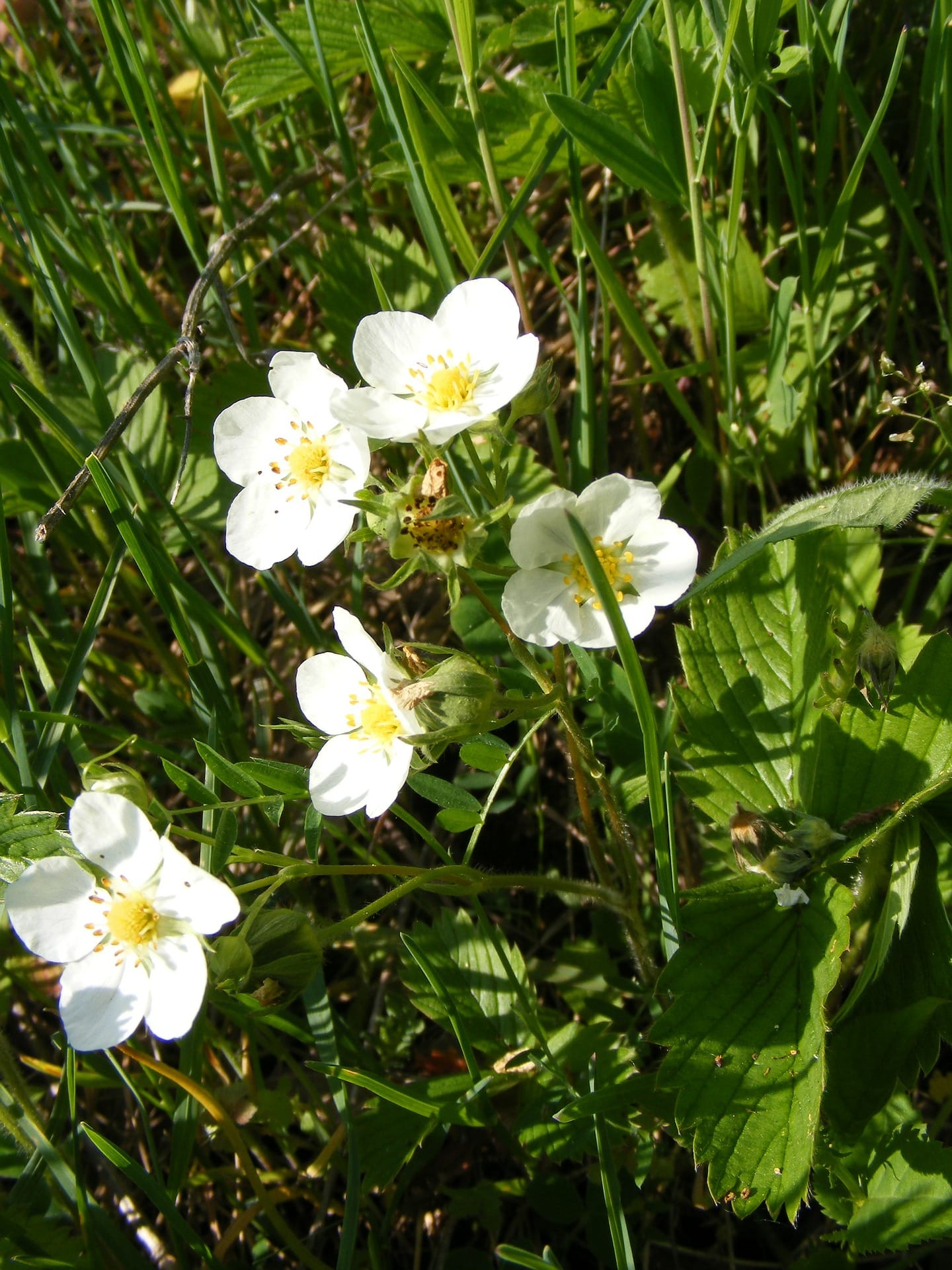
A spreading native perennial, which produces long runners, which root at intervals to produce new plants. It produces a white flower and a sweet mini strawberry fruit. It is common in woodlands and grassland across Britain. It is the larval food plant of the Grizzled Skipper butterfly.
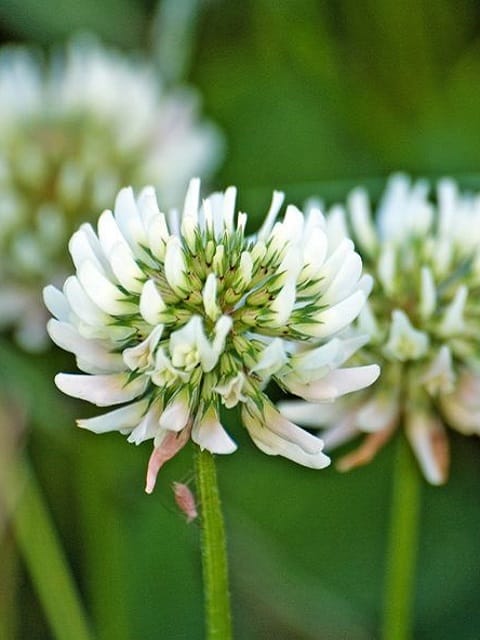
A perennial evergreen creeping plant that stays greener during drought conditions featuring 3-lobed leaves and white flowers that smell faintly of honey.
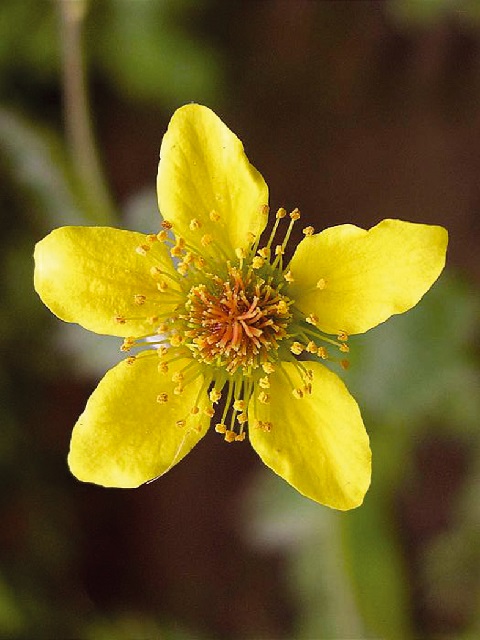
A scrambling perennial is commonly found in a wide variety of habitats including woods and hedges. It has small yellow star-shaped flowers and is a member of the rose family. Also known as Herb Bennet, Wood Avens will readily cross with its close relative Water Avens (Geum rivale).
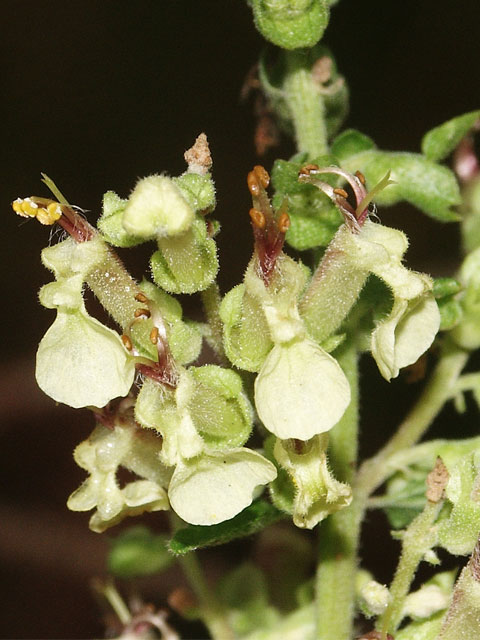
A good woodland subject with lovely crinkly light green leaves and pale yellow flowers with prominent maroon stamens, this perennial plant typically would be found in woodland and prefers the partial shade.
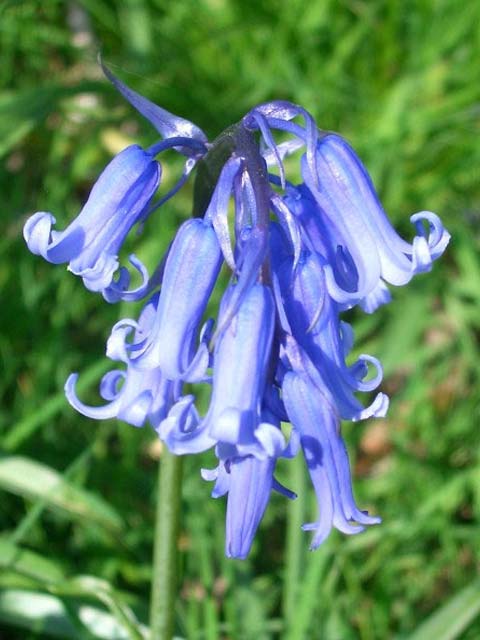
The collection of plugs that are available to make up this collection are all very tolerate of heavy shade. From the sweet aroma of Wild garlic to the dazzling yellow of Evening primrose this collection is sure to brighten up any woodland area.
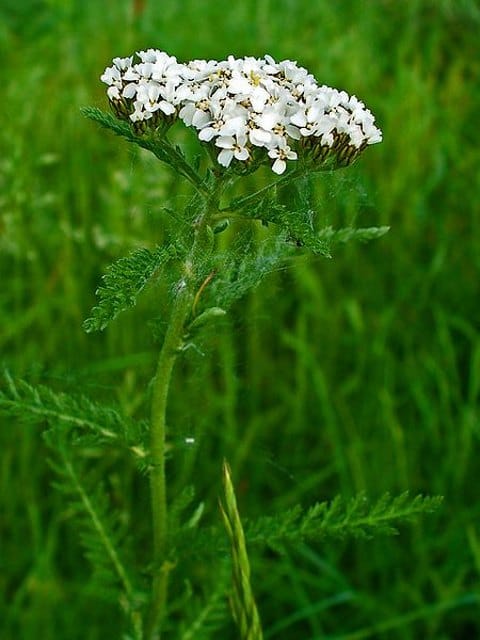
A very common perennial wildflower is found in grassland, roadsides and waste ground. The leaves are feathery and put out a strong aroma when crushed. The white flower heads are attractive to Hover Flies.
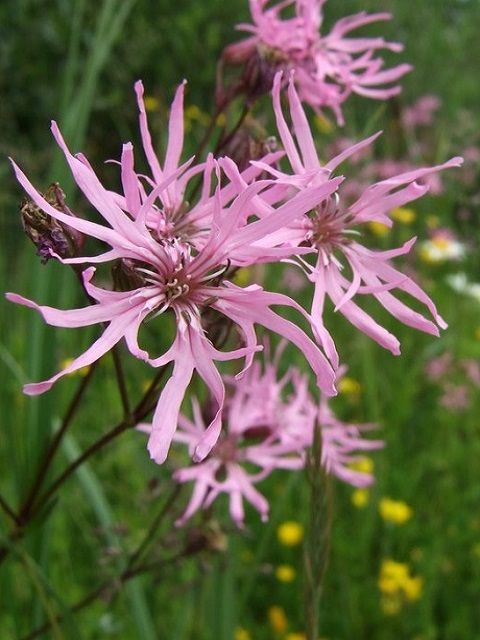
This delicate collection of a minimum of 10 specie selected from the range available to thrive and grow in acidic soil. The small plug plant species are suitable for acidic soils down to a Ph value of about 5.
From the white, delicate flowers of Yarrow to the pink and purple petals of Betony and Tufted vetch this collection is sure to brighten up anywhere!

Landlife Wildflowers grow and supply high-quality, native wildflower products, restoring wildflowers right across the UK. Working in conjunction with wildlife charity, Buglife, we’re bringing back Britain’s treasured wildflowers! Find out more about why we’ve been trusted by the general public, Natural England and The National Trust for over twenty years.

We’re proud to supply only the highest-quality, native wildflower products - tried, tested and refined by us for two decades to ensure each and every customer is delighted with their purchase. Find out more about our commitment to the supply of native, provenance-assured wildflower products to restore Britain’s natural wildflower habitats for bees, butterflies, birds and wildlife.

If you have any questions or would like to get in touch, our team of wildflower experts are on hand to guide you every step of the way. We love talking about wildflowers and the quality of our products, and are pleased to help with any enquiry, including how to establish wildflowers, product recommendations and even creating custom mixtures for specific projects.